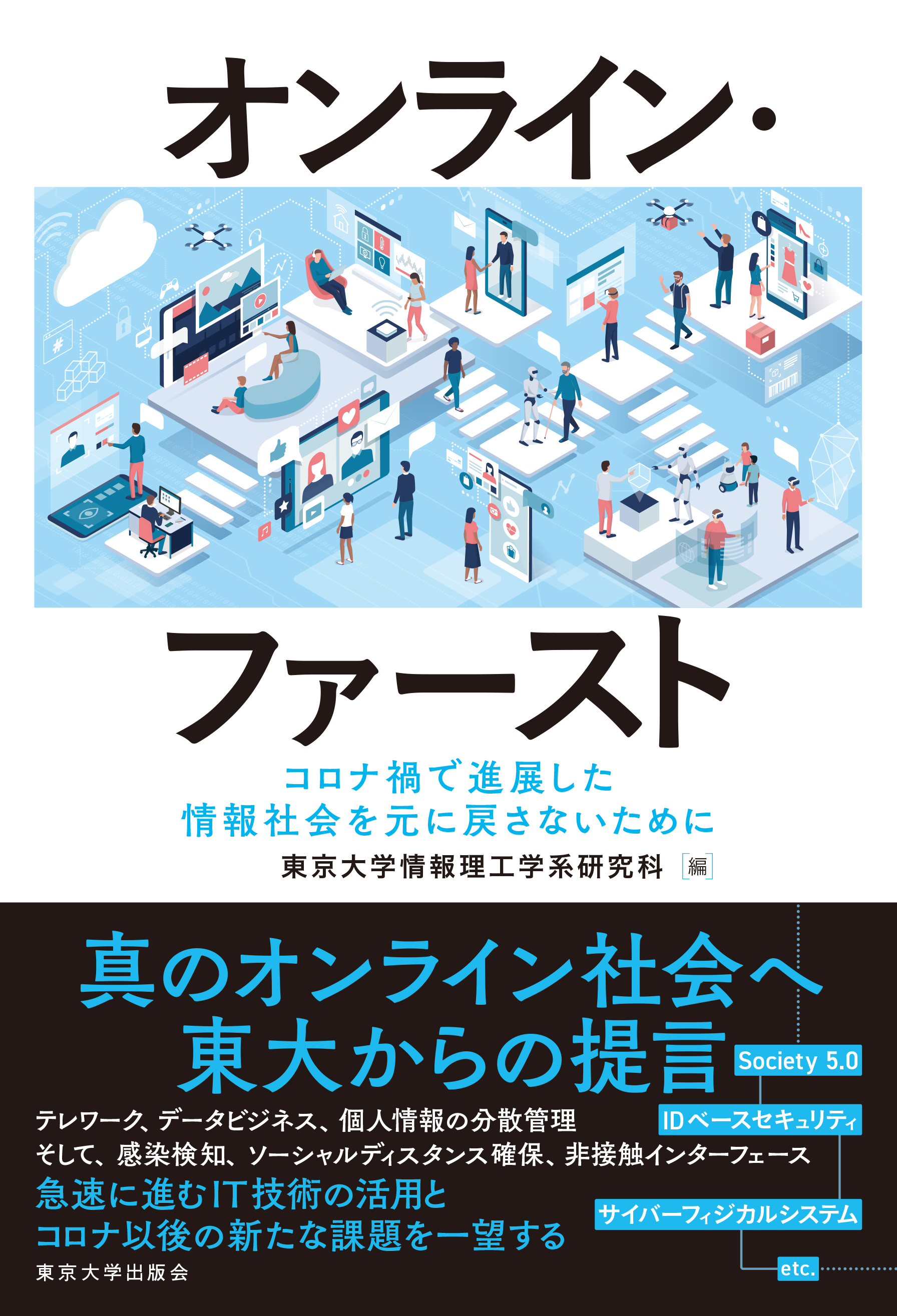
Title
Iwanami Shinsho 5G (Possibility of Next-Generation Mobile Communication Standards)
Size
258 pages, paperback pocket edition
Language
Japanese
Released
April 17, 2020
ISBN
9784004318316
Published by
Iwanami Shoten
Book Info
See Book Availability at Library
Japanese Page
The fifth-generation mobile communication system (5G) has started being deployed globally. This communication infrastructure is expected to promote the digitization of society at large and industries in particular. It is also likely to contribute to major changes, as digitization across industrial fields will be promoted through 5G targeting not only people but ‘things’ such as machines, vehicles, and sensors.
The term “US-China Tech War over 5G” has also appeared, as we have entered an era in which national security is intruding into the economy. The Chinese government's Digital Silk Road initiative and the presence of Huawei—the world's largest manufacturer of 5G communication equipment—form the background of this “war.”
To begin with, the establishment of communications infrastructure cannot be separated from nations seeking global hegemony. For example, behind the hegemony of the British Empire was a worldwide telegraph network. Daniel R. Headrick, an American historian of British history, referred to this network as an “invisible weapon.” Thus, to predict the future of US-China decoupling, understanding the relationship between countries and communications infrastructure is critical.
Therefore, my motivation for writing this volume is to better understand 5G from various viewpoints, including technology, industry, society, economic security, and history. A further aim is also for readers to utilize this volume to gain insights into corporate management and future forecast. Hence, I seek to answer the following questions: How might 5G affect society and industry? How should we approach 5G? I hope this volume will provide you with a perspective on how you might think about these issues.
Mobile communications systems have been evolving every 10 years, approximately, with each evolution significantly impacting our lifestyle. For example, 1G in the 1980s saw the first appearance of car phones, which made it possible to make voice calls while commuting. In the 2G era of the 1990s, mobile phones gained popularity, and it became common to carry telephones around with oneself. With the introduction of 3G in the 2000s, people were further able to access the Internet on their phones. Subsequently, with the introduction of 4G in the 2010s, smartphones became widespread and are now indispensable to every aspect of our daily lives.
The main difference between 5G and previous mobile communication systems is that the primary role of 5G is not limited to smartphones. The chief target of services, up to and including 4G, was people. With 5G, however, ‘things’ will be targeted as well. All kinds of things that were previously not connected to the Internet will be included, such as construction equipment, machine tools, price tags, and pallets used in logistics.
For example, the rapid transmission of high-definition images may make it common to remotely operate construction equipment, mining equipment, and vehicles across Japan by using remote-control panels. The elimination of the rigors of fieldwork will enable seniors and women to undertake such tasks. As such, 5G may prove instrumental in eliminating labor shortages and conducting quicker and safer disaster recovery.
In addition, if the constant online connection becomes commonplace, communication usage fees may be incorporated into service and terminal fees. In that case, people will no longer be required to pay for these kinds of items individually. As constant communication becomes indispensable to existence and ever-more things become connected to the network, unexpected ways of using things are likely to emerge. The value of things will also greatly change.
In 2030, 6G is predicted to be introduced. I would like to consider 5G, which continues to evolve towards 6G, and think together with you about the new world that 5G will bring about.
(Written by MORIKAWA Hiroyuki, Professor, School of Engineering / 2021)
Related Info
The 29th The Okawa Publications Prize 2020 (The Okawa Foundation for Information and Telecommunications 2020)
http://www.okawa-foundation.or.jp/en/activities/publications_prize/index.html
Interviews:
(Vol. 3) Hiroyuki Morikawa, Professor, Graduate School of Engineering, the University of Tokyo × Masayuki Chatani, KPMG Ignition Tokyo (KPMG August, 2021)
https://home.kpmg/jp/en/home/insights/2021/08/ignition-odyssey-18-3.html
(Vol. 2) Hiroyuki Morikawa, Professor, Graduate School of Engineering, the University of Tokyo × Masayuki Chatani, KPMG Ignition Tokyo (KPMG July, 2021)
https://home.kpmg/jp/en/home/insights/2021/07/ignition-odyssey-18-2.html
(Vol. 1) Hiroyuki Morikawa, Professor, Graduate School of Engineering, the University of Tokyo × Masayuki Chatani, KPMG Ignition Tokyo (KPMG July, 2021)
https://home.kpmg/jp/en/home/insights/2021/07/ignition-odyssey-18-1.html
Events:
CEATEC 2021 (Oct 19 – 22, 2021)
https://www.ceatec.com/2021/en/conference/
CEATEC 2020 ONLINE (Oct 20-23, 2020)
https://reg.jesa.or.jp/?act=ConferencesList&event_id=13
Third Global 5G Event on 24-25 May 2017, Tokyo (3rd Global 5G Event May 24, 2017)
https://6g-ia.eu/event/third-global-5g-event-on-24-25-may-2017-tokyo-japan/



 Find a book
Find a book


 eBook
eBook




